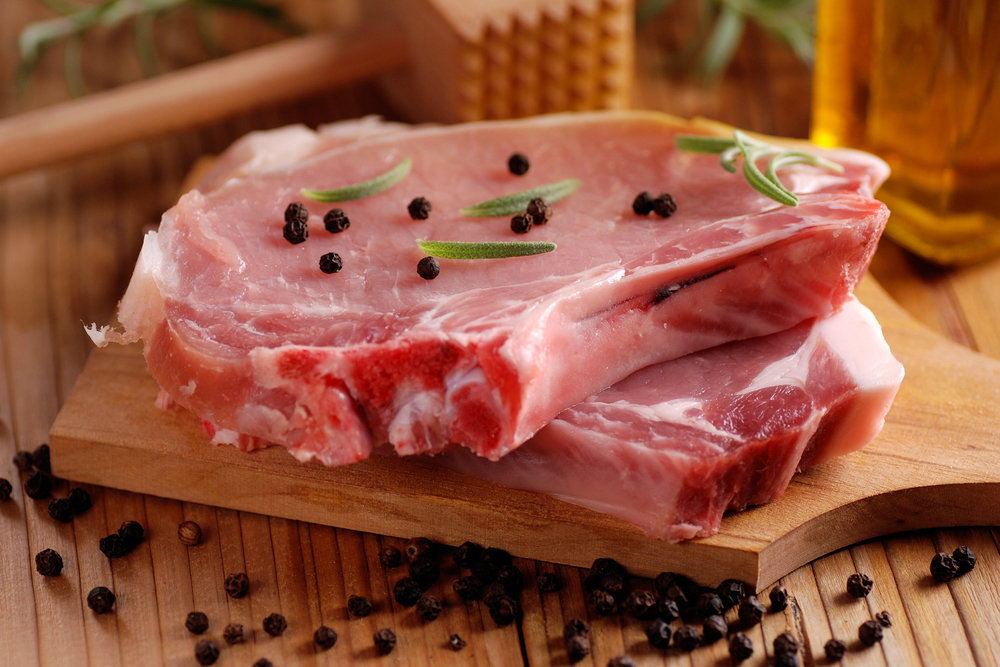Analysts estimate that the 2026 pig crop will reach 19.61 million head — nearly the same as in 2025. Lower beginning stocks are expected to be offset by improved sow productivity. For comparison, the 2025 pig crop is projected to be 1% lower than in 2024.
Pork production in 2026 is forecast to remain at 2025 levels, driven by similar slaughter rates and consistently strong domestic demand.
However, the sector’s potential for expansion remains constrained by outbreaks of African swine fever (ASF) and other diseases, which limit the ability to increase herd numbers. In 2025, pork production is expected to reach 1.43 million tonnes — a decline of 1.7% from the previous year.
Against the backdrop of stable domestic production and consumption, pork imports in 2026 are projected to remain steady at around 705,000 tonnes.
In 2025, imports were pressured by high global pork prices and tight international supplies. If these trends continue, imports could fall further in 2026.
South Korea has long been one of the world’s top consumers of pork — it remains the primary source of animal protein for the population.
In 2026, consumption is projected at 2.122 million tonnes, very close to the 2025 estimate of 2.144 million tonnes. In 2024, the average Korean consumed 30 kg of pork — twice as much as chicken (15.2 kg) or beef (14.9 kg). This figure is 6.8% higher than the average of 28.1 kg recorded over the previous five years (2019–2023), reflecting the country’s sustained preference for pork.
South Korea’s pork market remains one of the most resilient in Asia: strong domestic demand continues to stabilize production, while investment in biosecurity remains crucial to preventing future disease outbreaks.
PigUA.info based on materials from https://apps.fas.usda.gov



